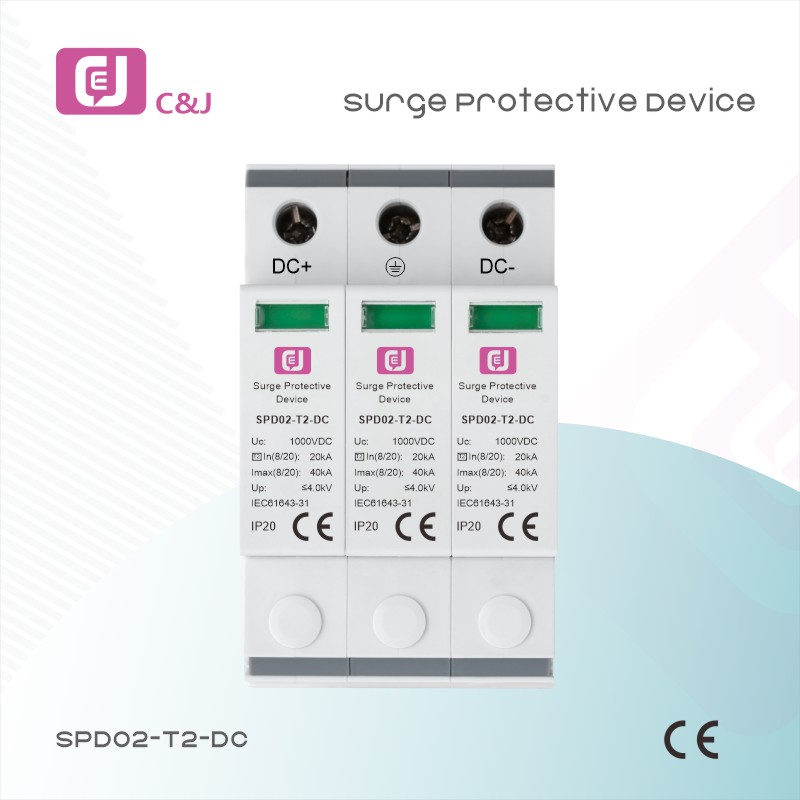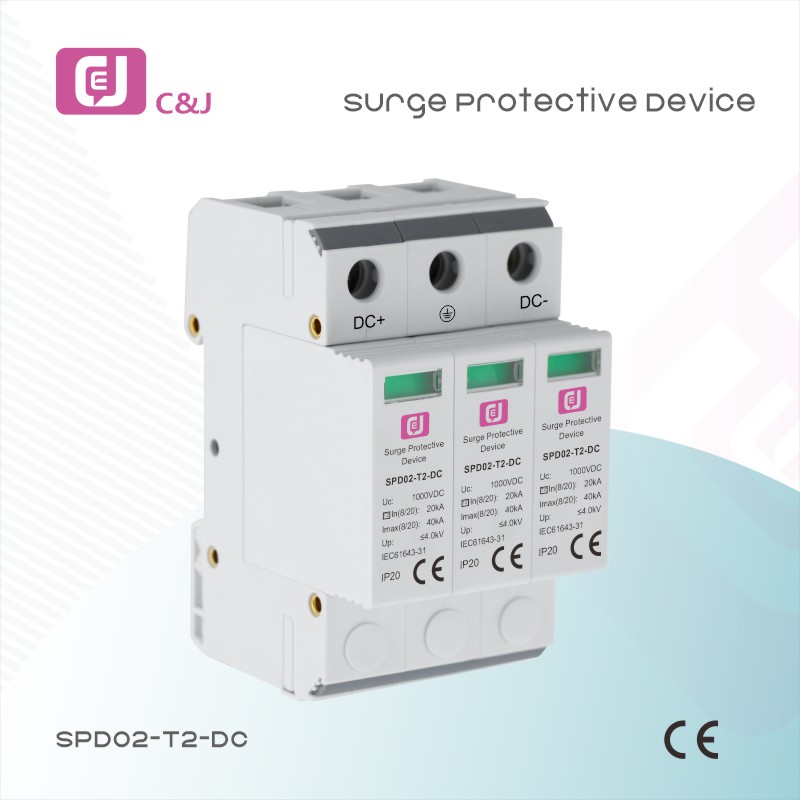Understanding DC Surge Protectors: Essential Components of Electrical Safety
In today’s world, where electronic devices and renewable energy systems are increasingly prevalent, protecting these systems from voltage surges is crucial. DC surge protective devices (DC SPDs) are key components in ensuring the longevity and reliability of these systems. This article will delve into the meaning, function, and applications of DC SPDs.
What is a DC surge protector?
A DC surge protective device (SPD) is a specialized device used to protect electrical equipment from transient overvoltages, commonly known as surges. Surges can be caused by a variety of factors, including lightning strikes, switching operations, or electrical system faults. The primary function of a DC surge protective device (SPD) is to divert excess voltage away from sensitive equipment, thereby preventing damage and ensuring its proper operation.
How does a DC surge protection device work?
DC surge protectors (SPDs) work by detecting voltage surges and conducting the excess energy to ground. They typically consist of several key components, including:
1. Voltage-limiting devices: These components, such as metal oxide varistors (MOVs) or gas discharge tubes (GDTs), are designed to clamp voltage to safe levels during a surge event.
2. Fuse: If a catastrophic failure occurs, the fuse within the SPD disconnects the device from the circuit, preventing further damage.
3. Indicators: Many modern DC surge protectors are equipped with visual indicators that indicate the operating status of the device for easier monitoring and maintenance.
When a power surge occurs, the SPD activates, diverting the excess voltage away from the protected equipment. This fast response is crucial to minimizing the risk of damage to sensitive components such as solar inverters, battery energy storage systems, and other DC-powered equipment.
Application of DC surge protection device
DC surge protectors are crucial in a variety of applications, especially in renewable energy systems. Here are some key areas where DC surge protectors are commonly used:
1. Solar Power Systems: With the growing popularity of solar power generation, protecting solar panels and inverters from power surges is crucial. DC surge protectors (SPDs) are installed in solar installations to protect against lightning strikes and other power surges, thereby ensuring the longevity of the system.
2. Electric Vehicles (EVs): As electric vehicles become more common, the need for effective surge protection at charging stations is growing. DC surge protectors (SPDs) help protect charging infrastructure from surges, ensuring safe and reliable operation.
3. Telecommunications: In telecommunications, DC SPDs are used to protect sensitive equipment from voltage spikes that can interrupt service and cause costly outages.
4. Industrial Applications: Many industrial processes rely on DC-powered equipment. Installing a DC surge protective device (SPD) in these environments can help prevent equipment failure and improve operational efficiency.
In summary
In summary, DC surge protectors play a vital role in protecting electrical systems from transient overvoltages. With continued technological advancements and the increasing reliance on DC-powered equipment, the importance of implementing effective surge protection measures cannot be underestimated. By investing in high-quality DC surge protectors, individuals and businesses can protect their valuable equipment, reduce maintenance costs, and ensure uninterrupted operations. Whether in renewable energy systems, electric vehicle infrastructure, or industrial applications, DC surge protectors are essential for maintaining electrical safety and reliability in an increasingly electrified world.
Post time: Aug-29-2025




